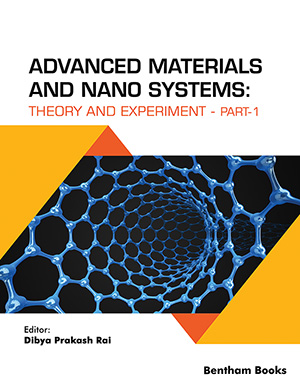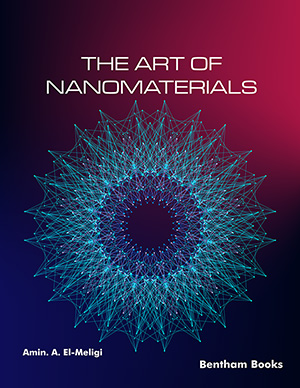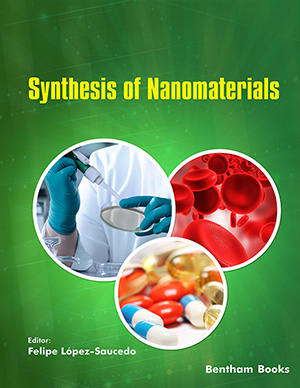Abstract
As a typical member of two-dimensional TMDs, molybdenum disulfide
(MoS2
) has excellent carrier mobility, a sizable surface area, thermal stability, and
optoelectronic features. Due to its tunable bandgap, strong valence–conduction band
bonding, and use in optoelectronic sensors, photodiodes, and phototransistors, MoS2
has emerged as a possible substitute for graphene. For better optoelectronic properties,
MoS2
-based monolayers and crystals have recently been investigated using a variety of
heterostructures, including MoS2
/graphene, MoS2
/CNT and MoS2
/WS2
. It was also
mentioned that MoS2
phototransistors and sensors had poor light sensitivity because of
their insufficient ability to absorb light. The right choice of material is essential for
biomedical implants, including retinal implants, neuroprosthetic implants, and others
where photodiodes are used to generate electrical currents in reaction to incident light
Au-based nanoparticles and nanoarrays have been added to the MoS2
monolayer to
address the low absorption problem.
For increased quantum efficiency, MoS2
monolayers based on solar cells and light-emitting diodes have also recently been created. In some of the other research, other
transition metal (TM) atoms, such as Au, Ag, Cu, Nb, Tc, Ta, Re, Co, Ni, Fe, and Mn,
were substituted into the monolayer of MoS2
, enhancing the material's electrical,
magnetic, electrocatalytic, and gas adsorption capabilities. The combined electrical and
optical properties of TM-doped and alkaline metal (AM) doped MoS2
bulk layers
haven't received much attention, though. In this study, the effects of doping MoS2
bulk
layers with TM atoms (Au, Ag, and Cu) and AM atoms (Na, Li) were investigated
using first-principles DFT calculations. We investigated the density of states (DOS),
band structures, structural features, optical conductivity, absorption, and reflectivity of
five different doped MoS2
bulk layers. The results show that AM atom doping narrows
the MoS2
bulk layer's bandgap more than TM doping. Bandgap values ranged from 1.42 eV for the undoped MoS2
layer to 0.609 eV for the Li-MoS2
layer. Additionally, it was discovered that bulk layers of MoS2
doped with AM had higher optical
conductivity and absorption qualities and lower reflectivity. In applications of MoS2
-
based photodiode/phototransistor sensors, doping of AM atoms may show to be a
successful substitute for conventionally used TM (Au) doped arrays.
Keywords: Absorption, Artificial vision, Conductivity, Density Functional Theory, Dielectric coefficient, Reflectivity.






















